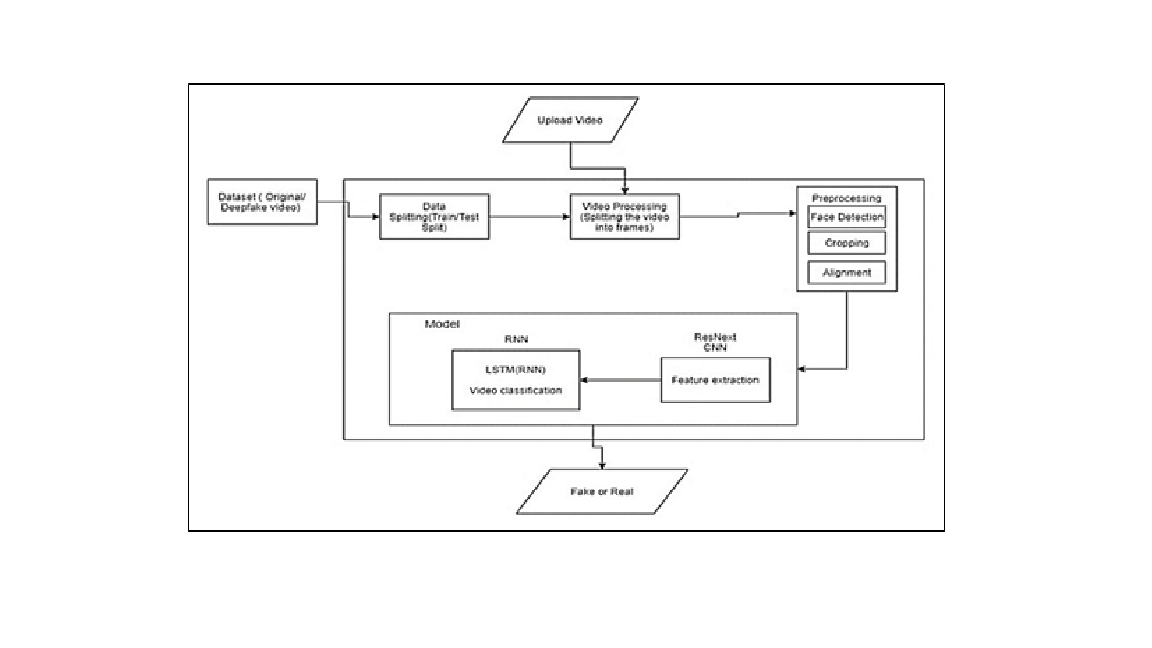Deepfake Video Detection using Neural Networks
Main Article Content
Abstract
Recent developments in free deep learning software tools have made it easier to create realistic facial interactions in "DeepFake" (DF) videos, which are videos with minimal evidence of manipulation. Although the effective use of visual effects has been used to manipulate digital media for many years, recent developments in deep learning have drastically increased the realism of fake content and made it easier to make. DF stands for "AI-synthesized media."
It is easy to create the DF with artificially intelligent tools. However, it is quite difficult to discover these DF because the algorithm is difficult to train to detect the DF. With the use of recurrent and convolutional neural networks, we have advanced the detection of the DF. Convolutional neural networks (CNNs) are used by the system to extract features at the frame level. A recurrent neural network (RNN) is trained using these features to determine whether a video has been altered and to identify the temporal discrepancies between frames that the DF generation tools introduce. A big collection of phony movies gathered from a standard data set was compared to the expected outcome.
We demonstrate how, with a straightforward architecture, our system may achieve competitive outcomes in this job.
Downloads
Article Details

This work is licensed under a Creative Commons Attribution-NoDerivatives 4.0 International License.
